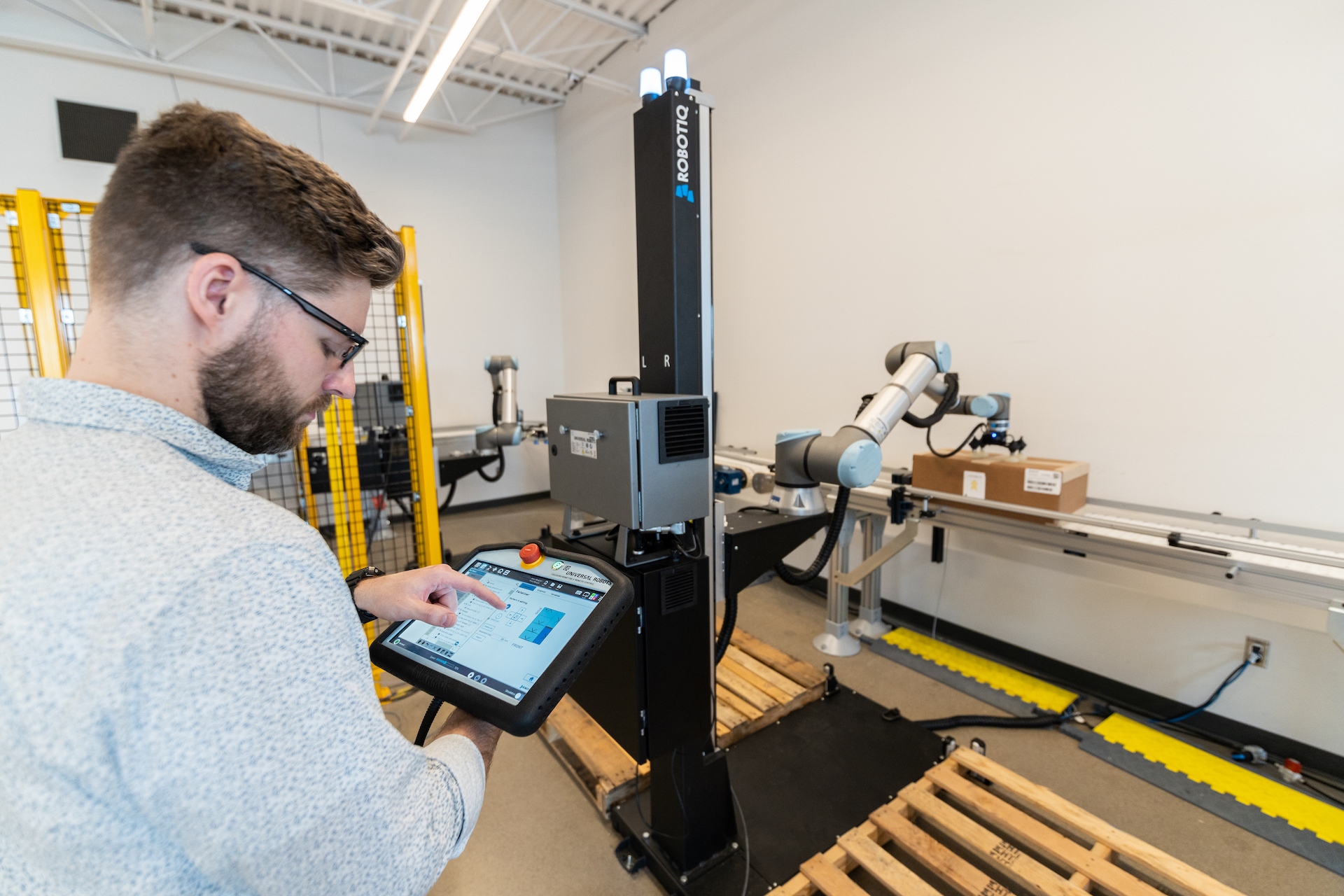In today’s automated manufacturing industry, choosing the right pick/put-away solution can be daunting. With the help of collaborative robots (cobots), you can choose and implement the most efficient picking/put-away solution for your business needs. Cobots are AI-powered machines that improve flexibility and productivity while decreasing costs associated with traditional automation solutions.
This article will cover eight key points to consider when selecting and deploying cobots to achieve optimal performance levels for your robotics infrastructure. By investing in a cost-effective and dynamic picking/put-away solution, you will be well on your way toward maximizing efficiency and scalability within your warehouse environment.
What Is The Desired Application?
Before you select a cobot for your picking/put-away solution, it is crucial to consider the desired application. Cobots can perform various tasks in warehouse environments, including pick and place, packing and unpacking, sorting, labeling, palletizing, transportation, and more. Determine what task you want the cobot to perform and select the appropriate model accordingly.
Cobots can be programmed with a variety of functions and can also be easily reprogrammed to suit your specific needs.
What Are The Size And Weight Of The Robots?
When choosing the right picking/put-away solution with collaborative robots, the size and weight of the robots are essential factors to consider. Depending on the size of a facility and what tasks are being performed, it is essential to choose a robot that will provide effective uptake but also fit in the existing infrastructure without compromising productivity or efficiency. It’s also vital to ensure that shipping and handling costs can be kept low without creating unnecessary risk.
Through researching different types of collaborative robots on the market, businesses can identify which robotic technology provides them with the best overall solutions for their needs. The size and weight of these robots make all the difference when selecting a suitable option.
What Is The Payload Capacity Of Robots?
In selecting robots for a picking/put-away solution, the payload capacity is essential. The payload capacity of robots determines the amount of weight they can handle while performing their tasks. Choosing robots that can handle all necessary materials without becoming overburdened and damaging themselves or slowing down production is crucial.
Robots that are too small will be unable to handle large payloads, while those that are too large can create an inefficient workspace. Consider the materials used and their size and weight when selecting a robot with the appropriate payload capacity.
How Quickly Do Robots React To Changes In The Environment?
Robots in picking/put-away solutions must be able to react quickly to changes in their environment. It is crucial to ensure that operations run smoothly and processes are completed as efficiently as possible. Cobots can be programmed to recognize objects and adjust accordingly, allowing them to adapt quickly to changing conditions and maintain optimal performance levels.
When selecting cobots, consider how quickly they can react to environmental changes. A robot that can adjust rapidly will be better equipped to handle different scenarios and improve overall productivity.
What Is The Ease Of Use And Programming?

Ease of use and ease of programming should also be considered when selecting the best robotic solution for your warehouse. Cobots can be programmed with different commands to perform various tasks, but some systems may require more user input than others. Additionally, some cobots are more intuitive than others, making them easier to operate and manage.
When researching various cobots, consider how easy they are to use and program. Choosing a user-friendly robot will eliminate the need for extensive training and allow your employees to work efficiently with minimal disruption.
How Reliable Are Robots In Repetitive Tasks?
Robots are often used in repetitive tasks, such as packing and unpacking, labeling, sorting, and transporting. When selecting a cobot for these purposes, reliability is vital. Choosing robots that can consistently complete the same task without too much deviation from the original instruction is crucial. It will ensure that processes run smoothly and effectively without any unexpected setbacks.
Research the cobot models on the market and identify which are best suited for completing repetitive tasks. Consider factors such as speed, accuracy, and overall reliability when selecting a robot that is suitable for your needs.
What Are Safety Features Available?
Safety is a primary concern when deploying robots in the workplace. Cobots are designed with safety features to ensure that people and property remain safe during operation. Depending on the cobot type, these features may include sensors, cameras, and other technologies for monitoring their surroundings and detecting potential hazards.
When considering robotic solutions for picking/put-away operations, it’s essential to research the safety features included in each model. Ensure that the robots are equipped with the necessary sensors and other technologies to ensure a safe working environment for all involved.
What Is The Service Life Expectancy Of Robots?
The lifecycle of a robot is an essential factor to consider when selecting the right solution for your business. Many cobots are designed with long-term use in mind, boasting service life expectancies of five years or more. As such, it’s essential to research the service life expectancy of any robots you may be considering to ensure that they can meet your needs in the long term.
In addition to considering how long a robot can sustain optimal performance levels, it’s also essential to factor in any potential maintenance costs. Regularly servicing and replacing parts can be expensive, so consider this when selecting cobots for picking/put-away solutions.

